I wish I had a story about tamarind paste to brighten this post up, but all I’ve got is some latent confusion over why my mom had two dried out and empty tamarind pods in her refrigerator last time I visited (update: in 2021 they are still there).
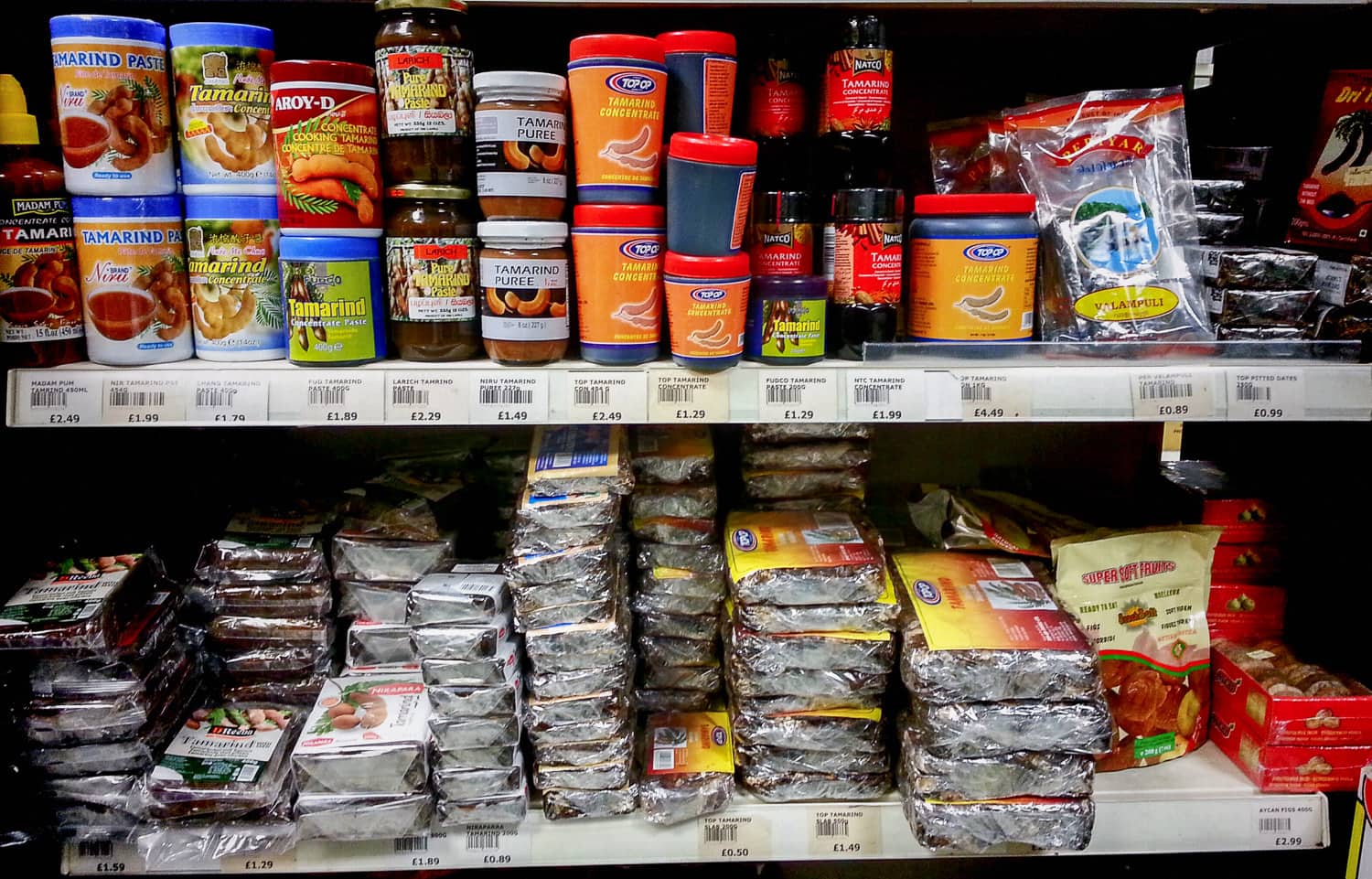
Anyway.
I call for tamarind paste or tamarind water in a lot of my recipes, which is no surprise given that I spend so much time writing about Southeast Asian cuisine. Tamarind is a souring agent commonly used in the region, but also in worcestershire sauce back home. Also, when mixed with sugar syrup, lime juice, and fizzy water, it makes an ace summer drink that would probably be even better with gin (someone please report back).
Every once in awhile a reader contacts me to ask if x brand of tamarind something or other is suitable in a given recipe. I have opinions about everything, tamarind included, and I’m going to share them here (just the opinions about tamarind, but let me know if you want to hear about other opinions such as how my cats are probably better than yours).
The difference between tamarind pulp and tamarind paste (or concentrate)
There are two types of tamarind you can buy off supermarket shelves.
Tamarind pulp comes packaged in a block, either with or without seeds. The latter is easier to work with and yields more homemade, pressed tamarind paste. It may be labeled as tamarind paste or just tamarind.
Tamarind concentrate can be bought ready made, and may also be labeled as tamarind paste or tamarind water. The results in cooking are disappointing. A lot of the sourness gets lost or is padded out with citric acid (hence losing the fruity flavour of tamarind), not to mention it’s often salty. For those reasons I recommend against these products. Leave sticky notes on them in the store to warn people away.
To make tamarind concentrate or paste yourself, simply mash and squeeze tamarind pulp and warm water together, straining the mixture through mesh, using the back of a wooden or silicone spoon to push the thicker liquid through.
Since it can be diluted later if necessary, tamarind water is best made thick. The ratio to aim for is between 1:1 and 2:1 warm water to tamarind pulp. Avoid making it thinner as too much water can dilute the dishes calling for the tamarind water.
You can make a reasonable quantity in advance, but after a couple of weeks you’ll probably find things growing in the fridge. Freeze what you don't use.
📖 Recipe
Homemade tamarind paste
Ingredients
- 200 grams tamarind paste
- 275 millilitres hot water preferably just off the boil
Instructions
- Break (or chop) the tamarind pulp into smaller pieces and add to a large bowl. Pour about 200 millilitres of the boiling water over the pulp and leave for 15-20 minutes, or until the water is cool enough to handle. Massage the mixture with your hands to break the pulp away from the seeds and veins. The liquid will be quite thick.
- Place a mesh sieve over another bowl and tip the tamarind and water paste in. Using either your hands or a spatula, press the paste through the mesh until all you have left are the seeds and veins.
- Add the solids from the sieve back to the first bowl and pour the additional 75 millilitres of water over. Whisk with a fork to help break away any remaining flesh from the solids and strain again. Be sure to scrape the bottom of the sieve into the bowl (or knock it against the bowl a few times to force the drips to fall). Discard the seeds and veins.
- Pour the paste into a jar or container to store in the fridge. It will keep for about a week. Tamarind concentrate freezes very well.


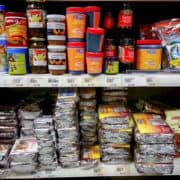
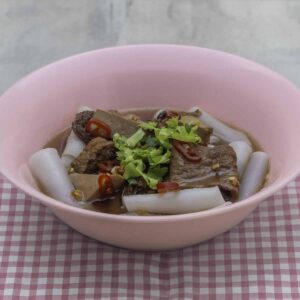
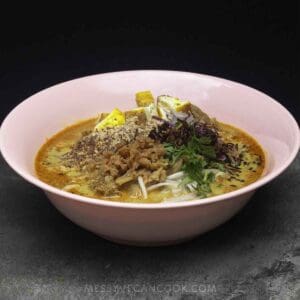
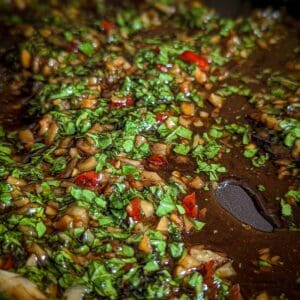

Leave a Reply